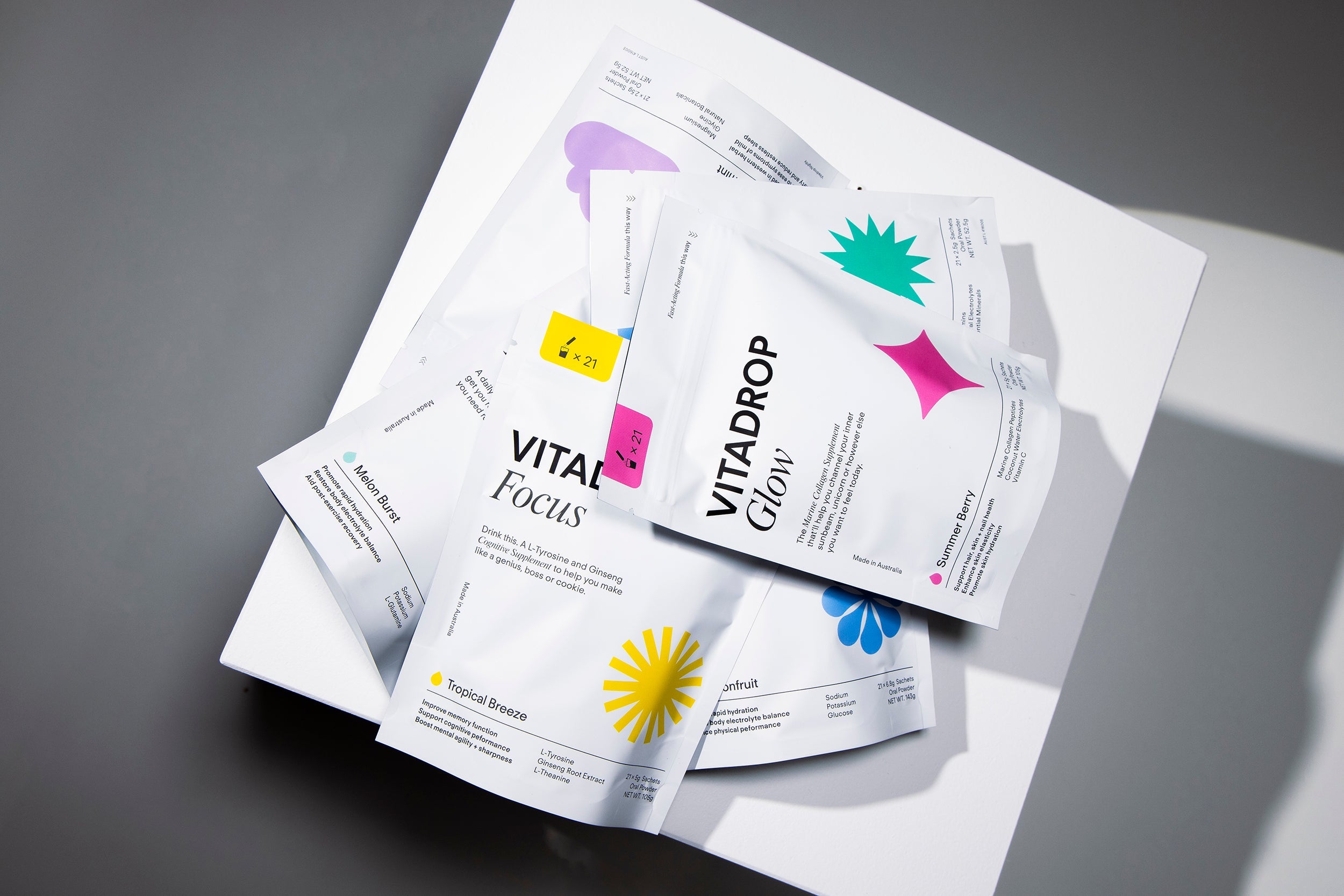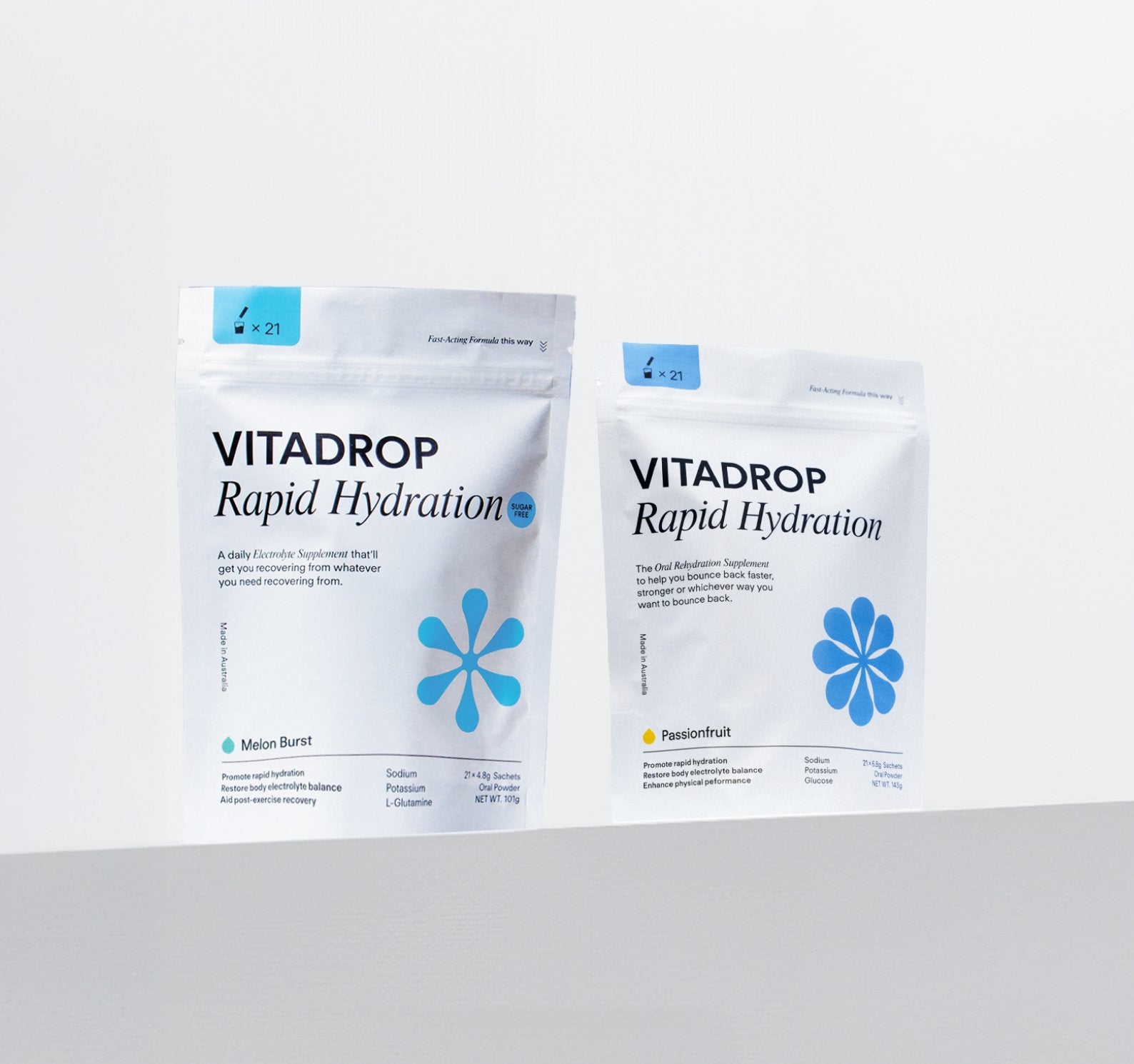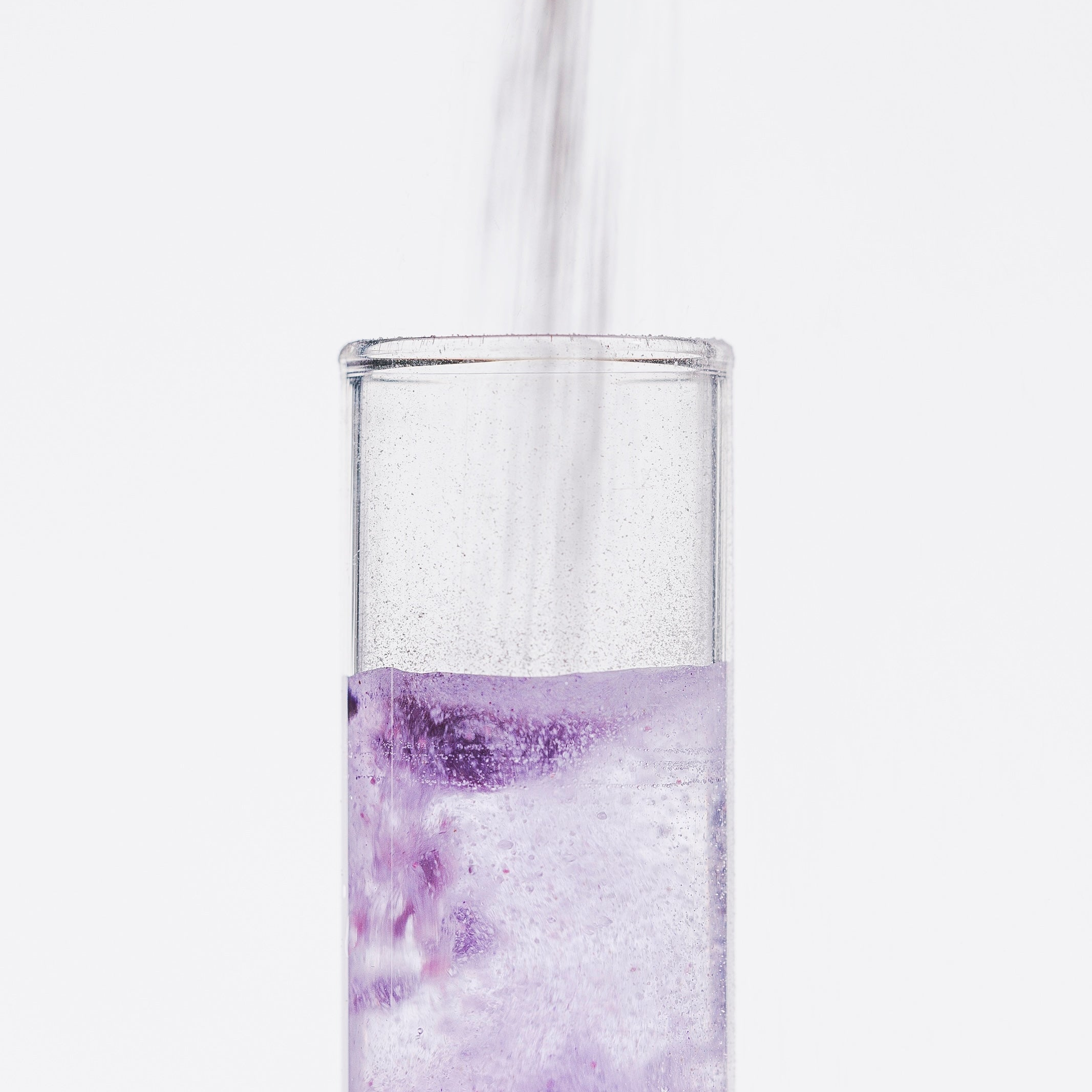Ruby Pryde- Feb 23 2021
Oil pulling. The traditional health practice making a comeback

With mainstream health and wellness giving ancient and traditional health practices the ultimate comeback moment, oil pulling is fast becoming a popular addition to morning routines across the globe.
While it may sound strange, oil pulling is an ancient Ayurvedic technique where one swishes oil (predominantly sesame or coconut) in their mouth for up to 20 minutes.
Ideally first thing in the morning, before consuming any food or beverages. C
alled gundusha in Sanskrit, it has been used for somewhere between 3,000 and 5,000 years, for health benefits spanning far beyond dental hygiene.
Whilst some of these benefits are said to include things like whitening of the teeth, preventing cavities, disease and bad breath as well as strengthening the teeth and gums, oil pulling is also credited to improving digestion, headache and jaw tension.
Some say it may even help manage acne, and chronic skin conditions like psoriasis and eczema.
So how does it work?
Ayurveda proposes that each section of the tongue is connected to various organs within the body, including the kidneys, heart, lungs and the small intestine. Oil pulling is said to activate salivary enzymes which help to dislodge and absorb toxins stored in these organs, which are then removed through the tongue.
The ancient remedy is also said to work by removing bad bacteria from the mouth, without removing the good bacteria. This is a HUGE win.
Conventional mouth washes (the ones that feel like you’ve consumed a packet of hot mints all at once) kill off not only the bad bacteria, but the good bacteria too. And as a result, our bodies become more reliant on them because there are little good bugs left to clean up any unwanted odours or bacterial residue. This causes (yep, you guessed it) more bad breath.
One study found that sesame oil was just as effective as chlorhexidine (the chemical found in most conventional mouth washes) at reducing foul odours and the microbes causing it. Another study left researchers concluding that using oil pulling could see one avoid medication, and even surgery for a number of different health ailments and illnesses. Preventative as well as curative, pretty neat, huh?
So, now that we’re in the know, let's get into the how.
Ideally first thing in the morning before any food or drink.
Step One: Put 1 tablespoon of your oil of choice into your mouth. We recommend solid coconut oil or sesame oil. If you are using solid coconut oil, it will take a minute or two to completely melt in your mouth.
Step Two: Begin to swish the oil around your mouth gently. You will be doing this for anywhere up to 20 minutes, so ensure you don’t exhaust your jaw’s energy resources too soon.
Step Three: Once you have reached 20 minutes, or up to as long as you can handle, spit the oil out into your bin. Avoid spitting it into the sink as over time the oil will solidify and clog up your drain.
Step Four: Brush your teeth afterwards (preferably with a low tox, natural toothpaste). It really is that simple!
A couple of things to remember when you start out on your oil pulling journey:
Just like most things health related, results will not happen overnight, so committing to it each morning for at least a couple of weeks is the best way to see desired results.
If you can’t reach the full 20 minutes, that’s totally ok. Start small, even if it’s just for a minute, and work your way up. Rome wasn’t built in a day!
So is the answer to our dental bills, yellow teeth and just about any other health problem you can think of, nothing more than a tablespoon of oil in our mouths each morning? Probably not. But with little to no negative side effects and a relatively low cost investment, what have you got to lose?
Article credit :
https://www.yogajournal.com/lifestyle/oil-pulling-the-ayurvedic-health-technique-you-should-try/
https://iamsahararose.com/how-to-oil-pull-like-a-boss/
https://www.ncbi.nlm.nih.gov/pmc/articles/PMC4290321/
https://www.ncbi.nlm.nih.gov/pmc/articles/PMC5198813/
https://www.ncbi.nlm.nih.gov/pmc/articles/PMC3131773/








